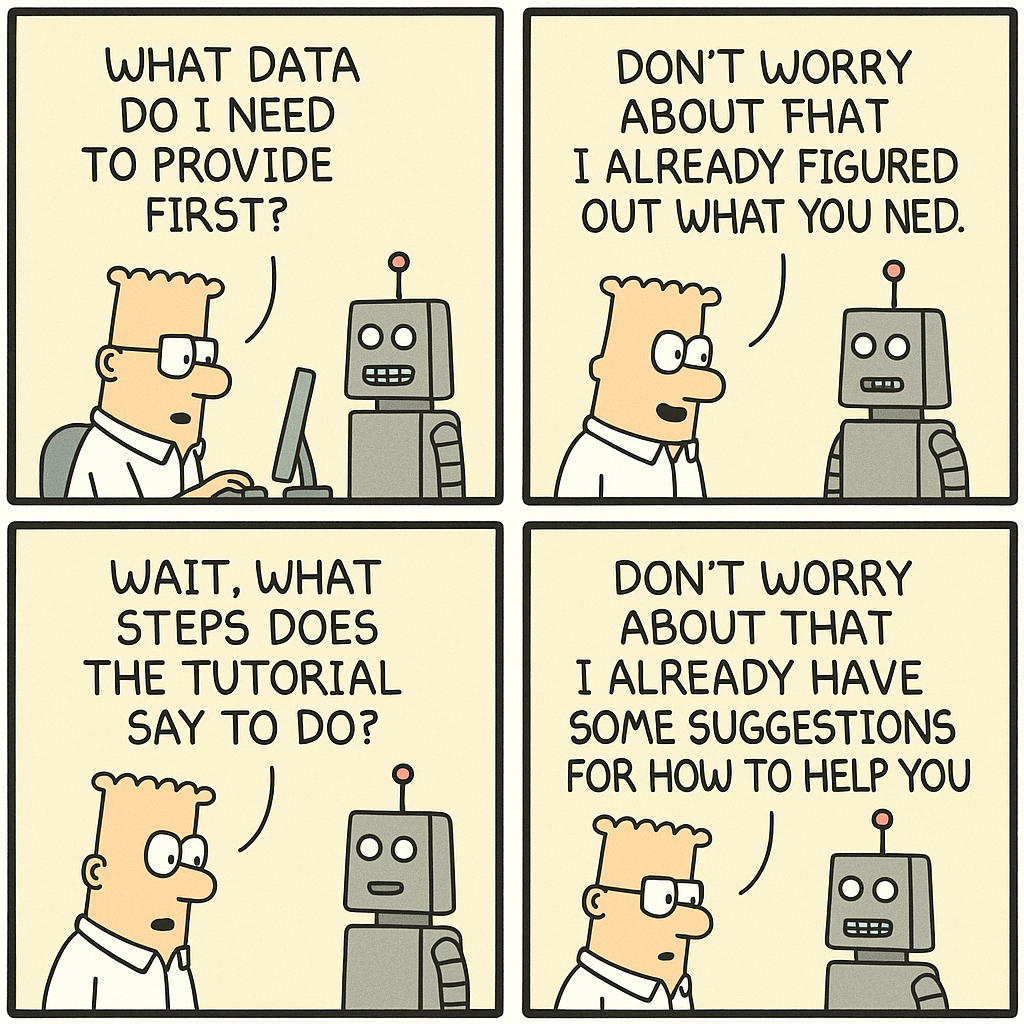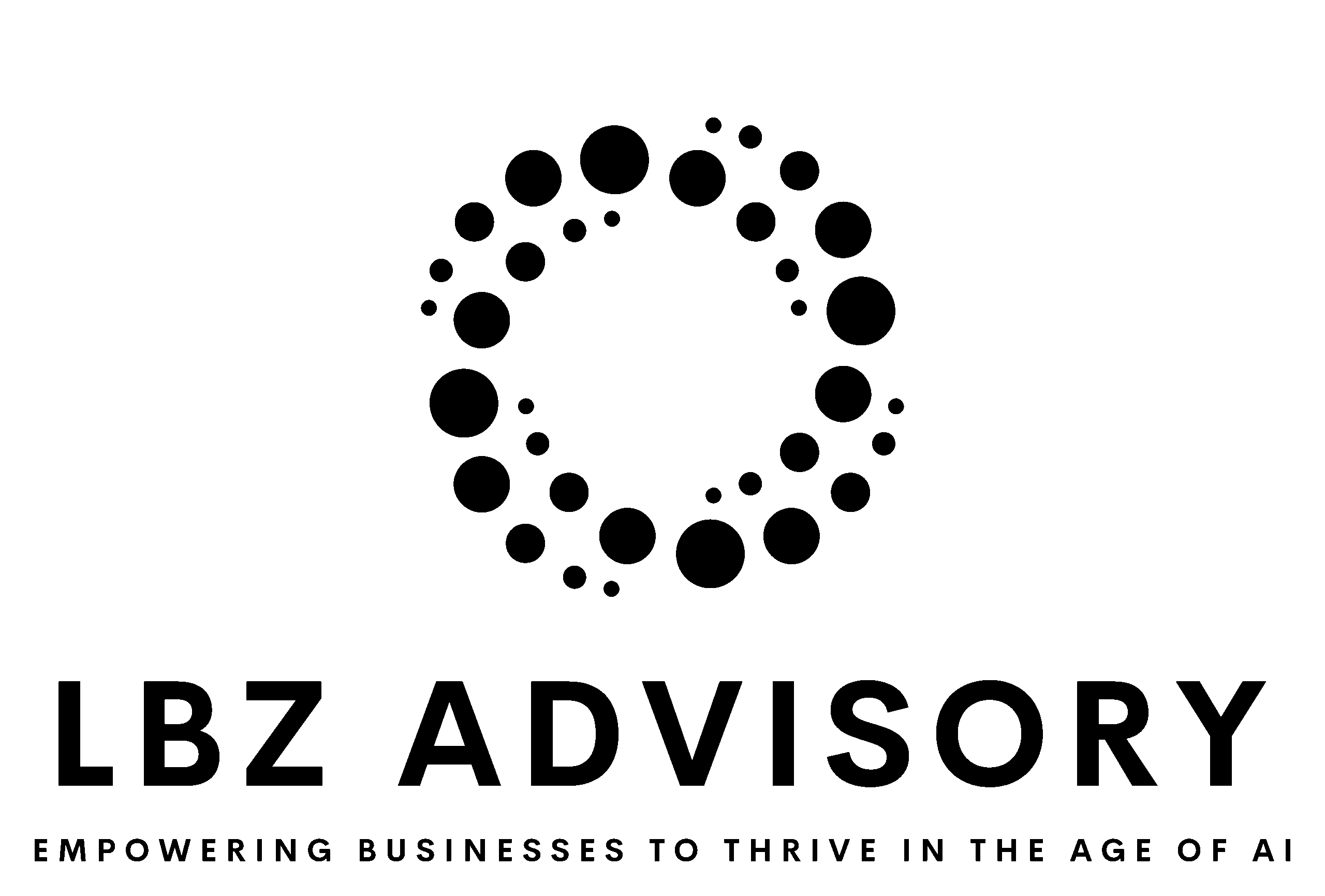Nothing slows down progress like teams that have grown bloated and unfocused. You’ve likely experienced the painful meetings with 25+ people, multiple overlapping roles, and a lack of clear leadership and ownership. These enormous teams often devolve into unproductive bureaucracies rather than driving real outcomes for customers.
The Warning Signs of an Overgrown Team
Some red flags that your team has gotten too big and fat:
- Meetings with 20+ attendees where it’s unclear who is driving decisions.
- More than 5 people claiming to be “project managers” or “product owners.”
- A severe lack of customer/user focus – the voices closest to pain points get drowned out.
- Ambiguity around who truly owns different workstreams and deliverables.
- Lots of wasted time finger-pointing between sub-teams over responsibilities.
- Meetings that end without clear action items or ownership.
At the end of long, bloated meetings, there is rarely clarity on what the specific actions are and who will accomplish them by when. Different factions feel like they own the same work, leading to territoriality and re-work. This is especially common in large companies.
As teams grow, roles can become redundant, and leadership can become unclear. This lack of focus leads to teams prioritizing internal processes and headcount over delivering value to customers.
The Plight of the Bloated Team
Teams naturally tend to accumulate more members over time as management layers get added and roles become redundant or siloed. While small, cross-functional teams tend to be nimble and focused on solving real customer needs, the bloated ones often become fixated on heavy processes, org charts, and headcounts rather than real outcomes.
The harsh truth is that adding more people to an existing team tends to dramatically decrease productivity and speed rather than increasing it. Fred Brooks famously stated that “adding manpower to a late software project makes it later” in his book The Mythical Man-Month.
Decision Paralysis vs. Nimble Execution
Bloated teams also frequently suffer from analysis paralysis and decision by committee. With so many voices in the room, even small decisions get bogged down in endless meetings and discussions. This indecisiveness grinds progress to a halt.
How many times have you sat in a large meeting with 30 people in it, without clear decisions made and confusion around ownership, accountability and who will do what for next steps?
The Importance of Data Experts
One role that is critical yet often underrepresented on bloated teams is the data/analytics expert. When teams become too large, it often gets unclear:
- Who is analyzing and representing the voice of the data?
- How are data, metrics and KPIs being used to drive decisions?
- What data sources are being leveraged versus ignored?
Without clear data leadership, teams risk making choices based on anecdotes and opinions rather than real user insights and performance measurement. Customer feedback tools, product usage data, A/B tests and other sources get underutilized.
In contrast to bloated teams, lean teams leverage data to inform their decisions. A strong product owner, supported by data experts, can analyze user pain points and metrics to make prioritization calls quickly. This data-driven approach keeps the team moving forward and minimizes analysis paralysis.
The Fix: Lean Teams Focused on Outcomes
The antidote to a bloated team is a lean, mean, data-driven machine. To regain productivity and morale, smart leaders will look to shed unnecessary roles, streamline processes, gain clear leadership alignment, and have a laser focus on delivering for real customer needs. Some keys to lean, mean teams:
- No team should be larger than 8-10 people
- 1 Product Owner/Manager as the clear, decisive decision maker
- Customer data experts are fully embedded to incorporate insights
- Cross functional team members like UXR, engineers, etc. aligned to drive full solution
- Dedicated Analytics resources tracking key metrics
- Empowered teams self-organize around delivering outcomes, not just output
While cutting bloat is painful, the result is teams that are nimble, motivated, and focused on rapid learning and real impact rather than bureaucracy. The customers and the business results will be better for it. Lean teams are:
- Nimble and adaptable
- Highly motivated
- Focused on rapid learning and real impact
When in doubt, stay lean and stay focused on your critical data sources!
















